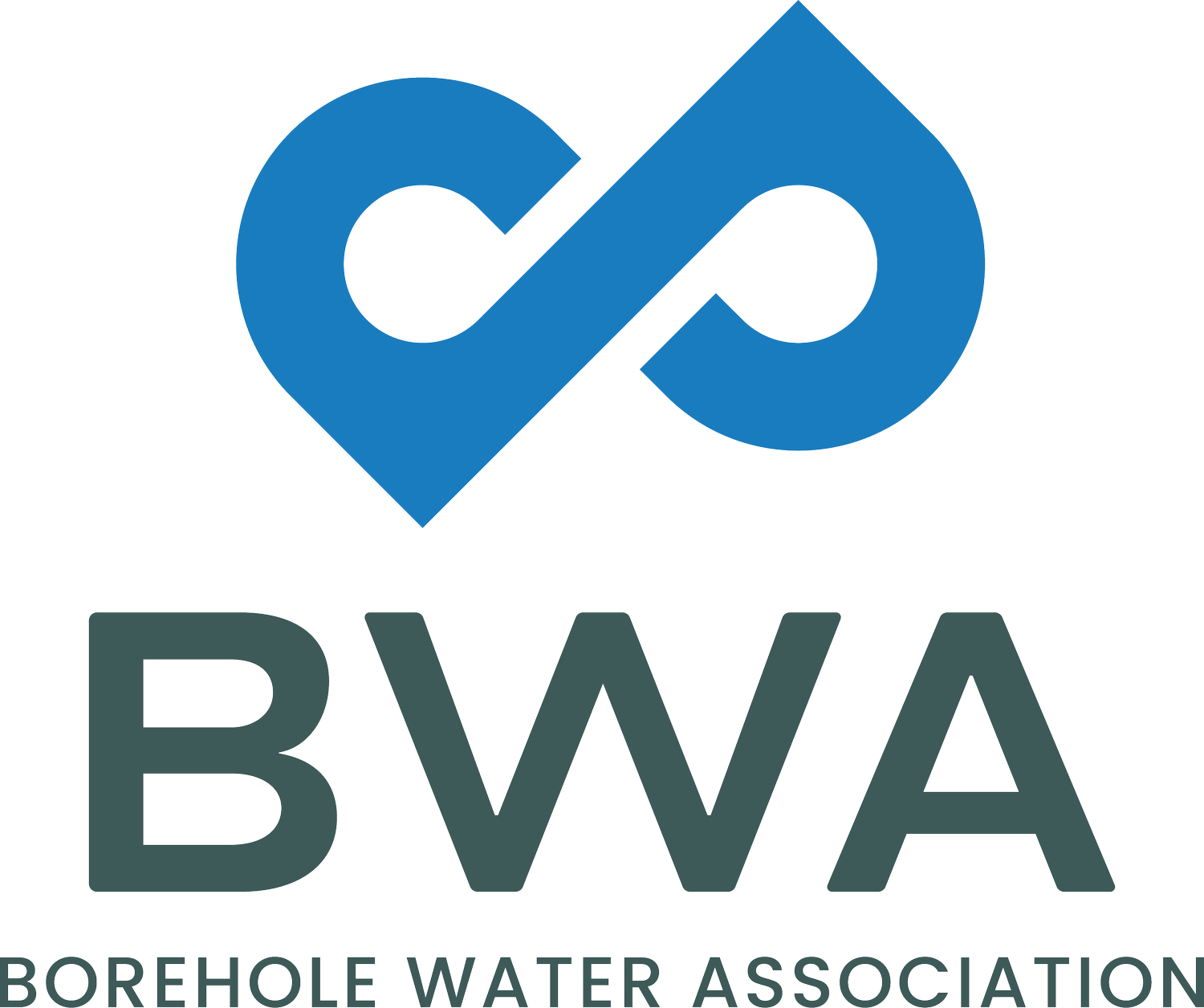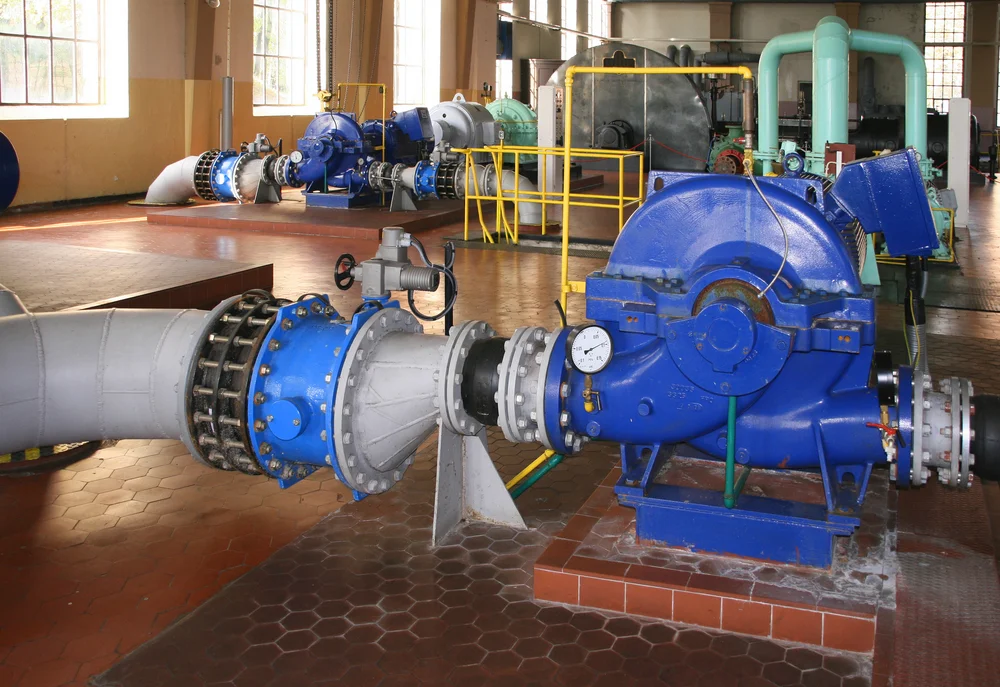Is all groundwater safe enough to drink?
/Groundwater from non-polluted areas is generally safe for domestic purposes - to drink, prepare food, wash clothes, bath and water the garden. But how can we be sure that the chemical, microbiological and physical properties of water are acceptable for domestic users? In this article, we will look at the need to analyse groundwater samples to determine its quality.
Groundwater properties
The chemical composition of natural groundwater is determined by the host rock in which it is found. For example, groundwater in granites often contains fluoride in high concentrations; groundwater from the Malmesbury shales is high in total dissolved salts and groundwater from dolomites is usually good for drinking, even though it is quite hard.
Many of the salts, metals and organic chemicals found in groundwater are essential for human wellness. However, if these substances occur in high concentrations, they can make the water taste bad, and more significantly, they can be harmful for human consumption. Organisms such as protozoa, bacteria and viruses may also be present in groundwater. Many of these microbes are responsible for the transmission of infectious waterborne diseases such as gastro-enteritis and cholera.
The physical quality of groundwater mainly affects the taste, odour and appearance of water. Conductivity, pH and turbidity measurement is used to determine the physical quality of the water.
So be careful not to judge water quality simply by looking, smelling or tasting it, as it may contain dissolved substances or disease-causing organisms that are harmful to health. The problem is that some of these elements or organisms are tasteless, odourless and invisible to the naked eye and can only be identified through analysing a sample of the water.
Groundwater pollution
Human activities can cause groundwater pollution. Harmful substances from dumps and landfills, waste pits and ponds, septic tanks and French drains, agricultural practices, mine tailings and slimes dams, uncontrolled surface spillage and acid rain can infiltrate deep into the ground and penetrate the groundwater aquifers. If the aquifers are porous, the harmful substances can travel long distances polluting the groundwater along the way. It is important take into account all possible sources of pollution when locating the best spot to drill a borehole for domestic use.
The effects of poor groundwater quality
The quality of the water can affect a person’s health both in the short- and long-term. For example, a high magnesium concentration may result in an upset stomach for a few days. However, exposure to high levels of nitrates will reduce the amount of oxygen in the blood and could cause a condition known as methemoglobinemia. This is particularly harmful to pregnant women and their developing babies, babies under 6 months of age and the elderly. For this reason, you should not use groundwater for the preparation of baby formula if the groundwater has not been sampled. So how do we analyse a sample of water for domestic uses?
Water sampling
The scope of this article is not to prescribe how to carry out a water sample analysis, but rather to make end-users aware of the need to do regular water sampling. Because environmental factors can change over time, it is unfortunately not enough to do one water sample and then never do a sample again.
The type of analysis and the frequency for subsequent samples to be analysed will depend on the purpose for which the water is to be used. Our recommendation is that water being used for human consumption should be tested at least once a year; however, you should be guided by the laboratory that carries out the analysis, as they will be able to offer advice that is specific to your context.
A water sample must be analysed by a reputable laboratory. There are a number of laboratories that have been accredited by SANAS (South African National Accreditation System). This is the only national body responsible for carrying out accreditations in respect of conformity assessment, as mandated through the Accreditation for Conformity Assessment, Calibration and Good Laboratory Practice Act (Act 19 of 2006).
Collecting the water sample
Once the borehole has been drilled and a pumping test has been carried out, a sample of water needs to be collected and sent to a laboratory for analysis. Containers made from polyethylene or PVC plastic and borosilicate glass are usually recommended. Bottles used by the bottled water industry are widely available and would make suitable containers for sampling. These containers are food-grade PET plastic bottles which are specially designed not to have leachable substances in the plastic. It is important to wash and rinse the sample bottle thoroughly in the water to be sampled.
Further Reading
The following links provide more detailed information on water quality:
South African National Standard
Quality of domestic water supplies: Vol 1-5
This series of books is available from the Water Research Commission Knowledge Hub. Click link and search for “Quality of Domestic Water Supplies: Vol 1-5”.
Vol 1: Assessment Guide
Vol 2: Sampling Guide
Vol 3: Analysis Guide
Vol 4: Treatment Guide
Vol 5: Management Guide
Groundwater Sampling (Second Edition)
John M.C. Weaver, Lisa Cave, and A. Siep Talma : Groundwater Sciences, CSIR, South Africa WRC Report No TT 303/07 March 2007




